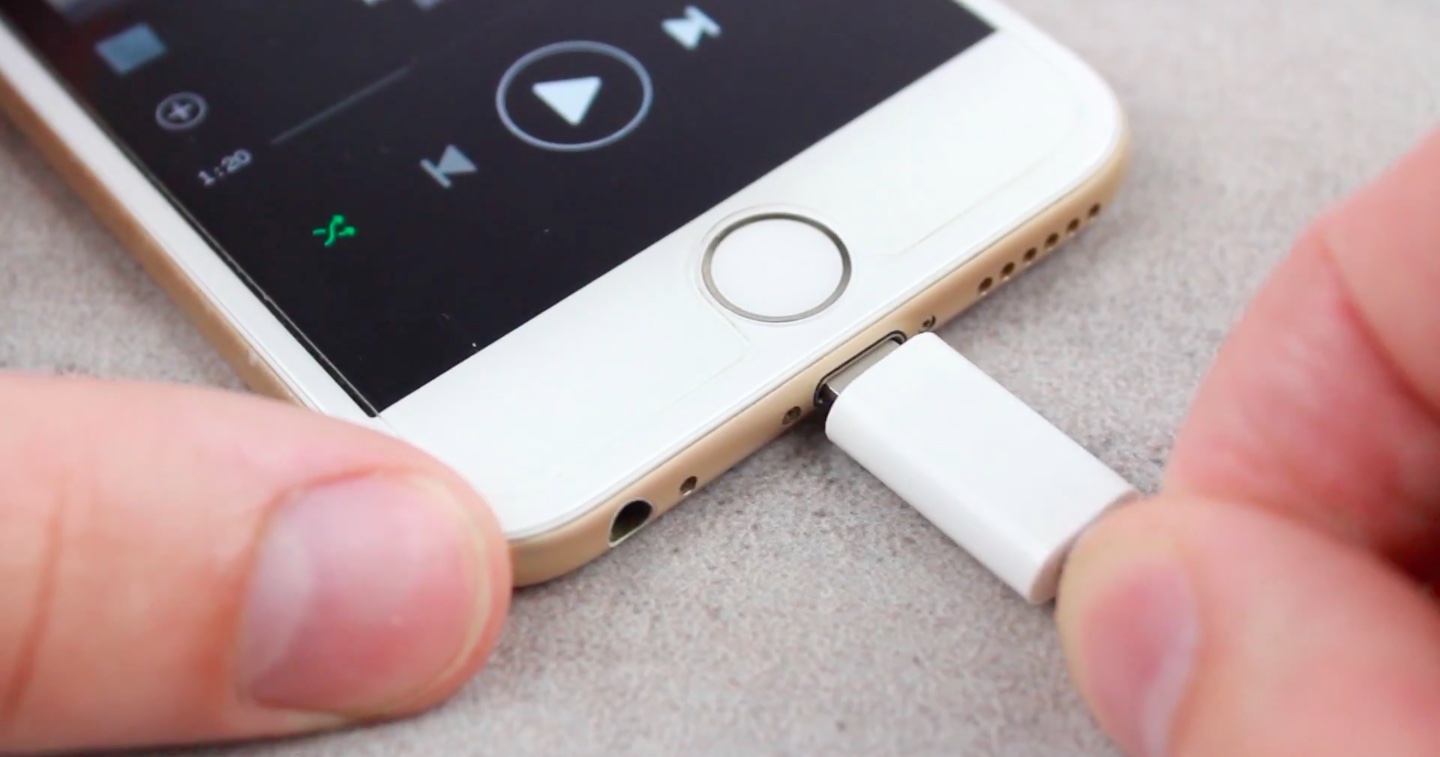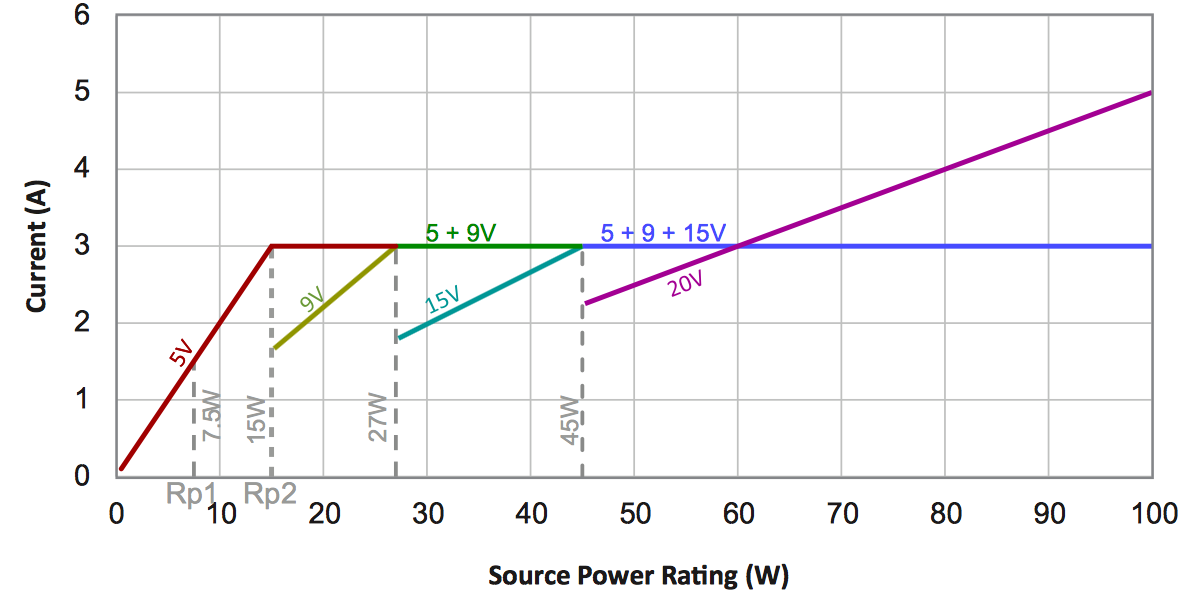Contrary to controversial claims made in a recent Wall Street Journal piece alleging Apple would do the unthinkable—ditch the Lightning port on new iPhones in favor of USB-C—KGI Securities analyst Ming-Chi Kuo shared his thoughts on the topic in the latest notes to clients, obtained by MacRumors. According to Kuo, all three iPhone models released in 2017 will retain Lightning connectors.
This includes the expectedly iterative, LCD-based iPhone 7s and iPhone 7s Plus models, as well as a brand new, OLED-based iPhone 8 model with a radically changed industrial design. However, the underlying technology behind the charging may change with built-in support for USB Power Delivery that should enable a lot faster charging.
To realize faster charging in upcoming iPhones, Apple will need to buy new parts: power management from Texas Instruments and power delivery chips from Cypress.
KGI said Apple won’t be switching from Lightning to USB-C due to ongoing royalties from MFi-certified accessory vendors. Another factor to consider: while similarly-sized and reversible, a USB-C port is still larger than its Lightning counterpart.
Lastly, KGI cited a lack of clear advantages in changing the connector type. The analyst added that iPhone 8’s rumored two-cell L-shaped battery pack design should charge even faster than the traditional battery packs expected in iPhone 7s and iPhone 7s Plus.
Here’s a relevant excerpt from Kuo’s note:
New 2H17 models may all support fast charging. We believe all three new iPhones launching in 2H17 will support fast charging by the adoption of Type-C Power Delivery technology (while still retaining the Lightning port). A key technical challenge lies with ensuring product safety and stable data transmission during a fast charge.
In order to achieve that goal, we think Apple will adopt TI’s power management and Cypress’s Power Delivery chip solutions for the new iPhone models. We note the OLED version may have a faster charging speed thanks to a 2-cell L shaped battery pack design.
So, what the heck is USB Power Delivery?
Subscribe to iDownloadBlog on YouTube
“The USB Power Delivery Specification enables the maximum functionality of USB by providing more flexible power delivery along with data over a single cable,” according to USB Implementers Forum, creators of USB technology.
Its aim is to operate with and build on the existing USB ecosystem. In addition to a new reversible connector, USB-C also brings support for 100-watt power delivery.
The USB Power Delivery specification also enables certified USB cables with standard Type-A and Type-B connectors to deliver increased power of more than 7.5 watts to devices with larger power demand.
In addition to up to two amperes at five volts for a power consumption of up to ten watts, devices supporting this specification can request higher currents and supply voltages from compliant hosts: up to three or five amperes at either twelve volts (for a power consumption of 36 watts or 60 watts) or twenty volts (60 watts or 100 watts).
In other words: although upcoming iPhones are expected to retain Lightning I/O, Apple will build support for the USB Power Delivery standard. So, with the right USB charger and cable (Lightning on one end and Type-A or Type-B on the other end), new iPhones will support faster charging without switching Lightning connectors for USB-C.
Source: MacRumors


